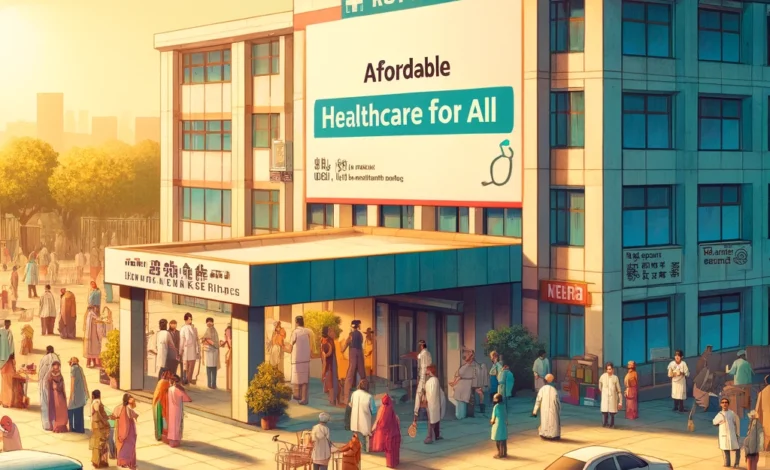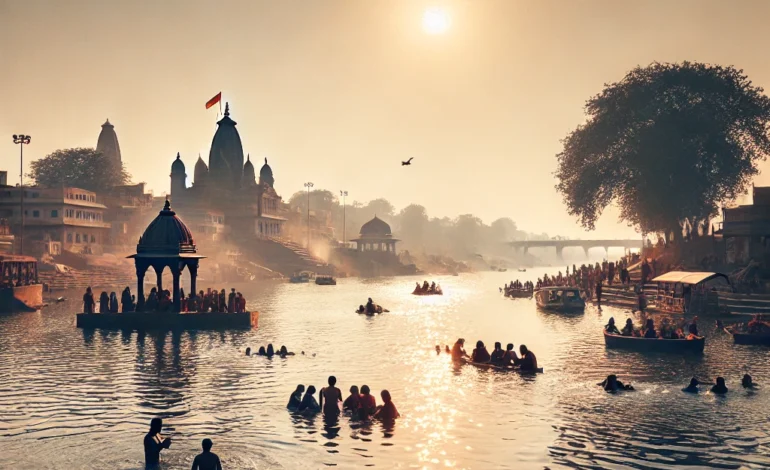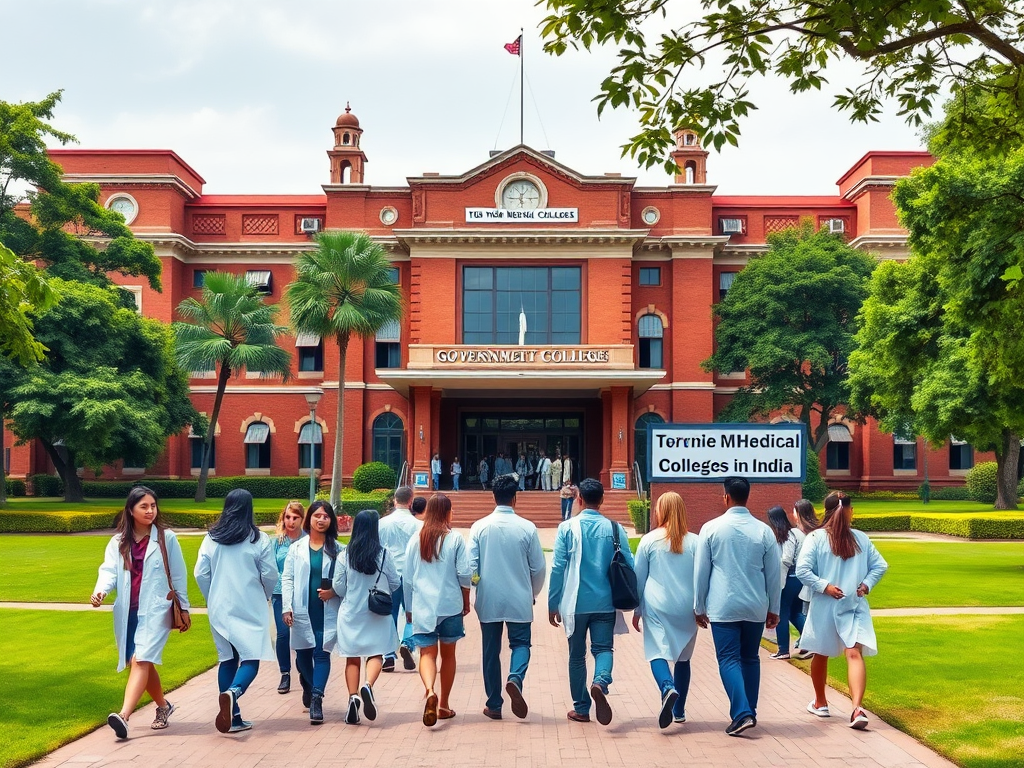
Understanding Government Health Services in India: A Guide to Accessing Affordable Healthcare
India’s government is committed to providing accessible and affordable healthcare to its citizens, especially those in rural areas or from economically disadvantaged backgrounds. Government health services in India include several health initiatives that support people in need, such as national health insurance schemes, free treatments, and specialized healthcare centers.
1. Pradhan Mantri Jan Arogya Yojana PMJAY Ayushman Bharat
The Pradhan Mantri Jan Arogya Yojana, also known as Ayushman Bharat, is one of the largest health insurance schemes in the world. As a result, it provides free coverage of up to ₹5 lakh per family per year for secondary and tertiary care hospitalization across public and private impaneled hospitals. This scheme is available to families identified through the Socio-Economic Caste Census (SECC) 2011.
Eligibility:
- The scheme primarily benefits economically vulnerable families.
- Moreover, the identification of eligible beneficiaries is done based on the SECC data.
- Over 10 crore families are covered under PMJAY.
How to Apply:
- Citizens can check their eligibility on the official PMJAY portal or visit a nearby Common Service Center (CSC).
- Once eligible, a health card will be issued, which can be used for treatment at impaneled hospitals.
2. Rashtriya Swasthya Bima Yojana (RSBY)
RSBY is a health insurance program mainly targeted at Below Poverty Line (BPL) families. Additionally, it covers hospitalization expenses, including transport costs, for members of BPL families.
Eligibility:
- The primary eligibility criterion is that the applicant must belong to a Below Poverty Line family.
- Families with a yellow ration card, as recognized by the government, can apply.
How to Apply:
- Eligible beneficiaries can register through a list provided by the government, or they may be directly approached by government officials during enrollment periods.
3. National Health Mission (NHM)
The NHM aims to provide affordable healthcare services to rural areas, with a particular focus on maternal and child health. To achieve this, the program supports the establishment of rural health centers, the training of healthcare professionals, and the strengthening of infrastructure in underdeveloped regions.
Services Covered:
- Basic healthcare facilities in rural areas.
- Furthermore, reproductive and child healthcare services.
- Vaccination programs for children and women.
4. Free Government Hospitals and Primary Health Centers (PHCs)
India’s government provides free treatment at its primary health centers, district hospitals, and medical colleges. These institutions serve a large section of the population, particularly in rural and underserved areas.
Services Available:
- General healthcare and emergency services.
- Additionally, free medication for common ailments.
- Preventive and maternal health services.
5. State-Level Health Schemes
In addition to central government programs, several states in India run their health schemes. For example, the Mahatma Jyotiba Phule Jan Arogya Yojana in Maharashtra provides insurance coverage for hospitalization, while the Karnataka Health Scheme offers subsidized healthcare to citizens in need. Thus, each state’s healthcare schemes are designed to address local needs and complement national programs.
How to Access These Services
Accessing government healthcare services is straightforward. Here are a few key steps you can take to avail these benefits:
- Visit the official health scheme portals: Most government health schemes, such as PMJAY, have an online portal where you can check eligibility, register, and find participating hospitals.
- In addition, check with local healthcare centers: Government hospitals, district health centers, and PHCs are the frontline healthcare providers and often have enrollment desks for various schemes.
- Finally, keep documents ready: Eligibility typically depends on documents like Aadhaar, income certificates, and ration cards. Make sure to have these ready when applying for benefits.
Conclusion
Government health services in India have improved tremendously over the years, offering essential healthcare to millions who otherwise wouldn’t be able to afford it. Thanks to various insurance schemes, free treatment options, and a focus on rural healthcare, India is moving closer to achieving universal health coverage. Whether you’re looking for financial assistance for hospitalization or free preventive healthcare, government programs can provide significant support.







